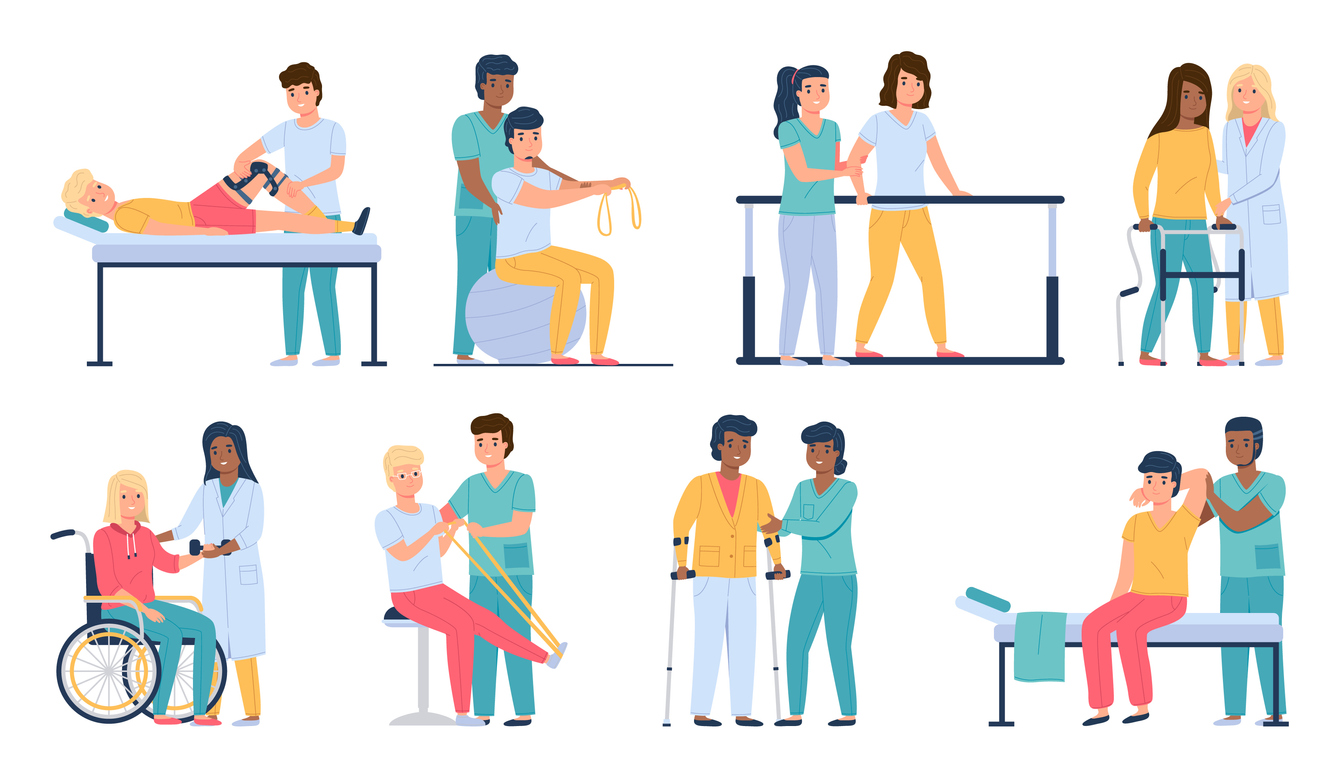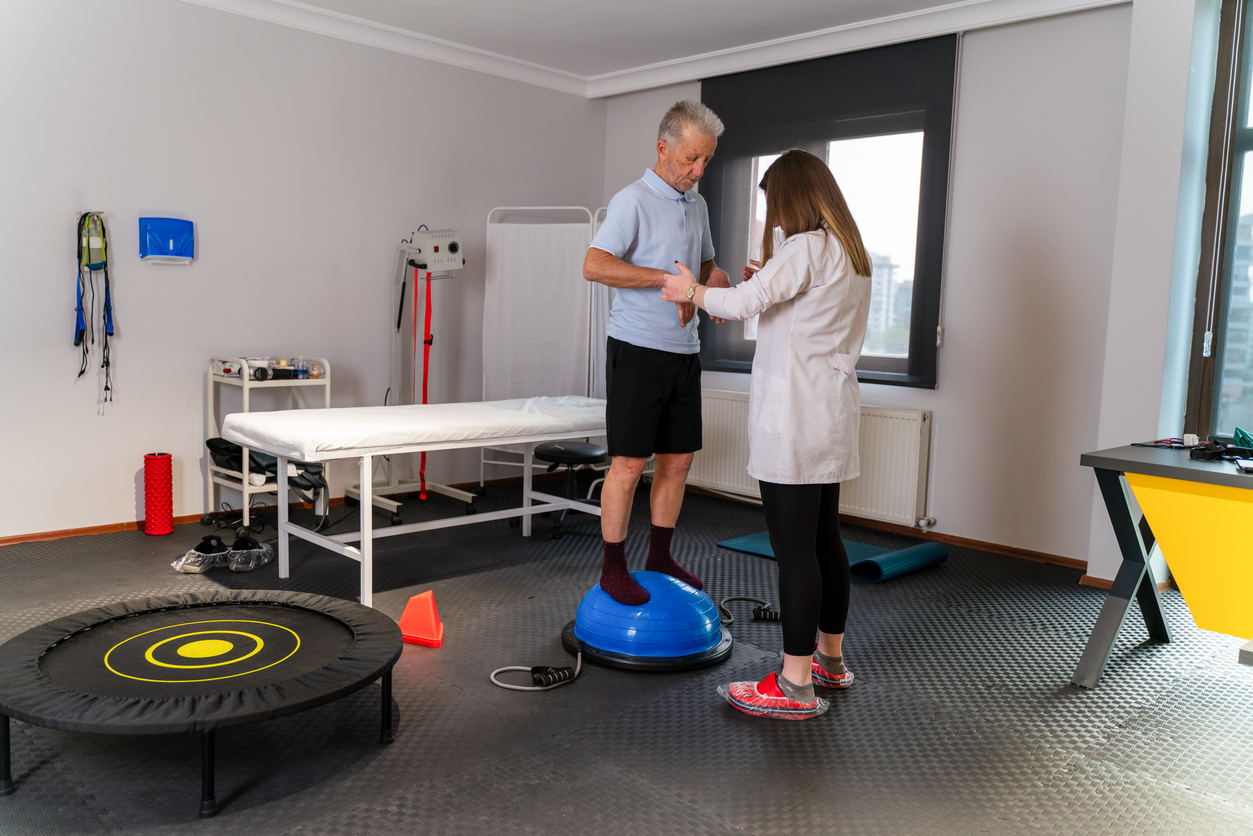Treatments
Signs of a Bad Physical Therapist

What is physical therapy?
The main goals of physical therapy (PT) are to provide pain management, improve mobility, maximize functionality, implement injury recovery, and prevent future damage. A physical therapist evaluates the person and condition to treat illnesses and injuries related to the musculoskeletal (bones and muscles), neurological (brain), cardiopulmonary (heart and lungs) and integumentary (skin) systems.
Physical therapy, also referred to as physiotherapy, is often used as a standard treatment for chronic pain or pain related to an injury. However, many health conditions respond well to physical therapy, including back pain, headaches, diabetes, chronic obstructive pulmonary disease (COPD), etc.
Signs of a bad physical therapy
Physical therapy is beneficial for various chronic pain conditions. However, a poor physical therapist may prevent individuals from experiencing maximum benefits. Below are six signs of a bad physical therapist that individuals should be aware of.
- Improper communication. Physical therapists should clearly state what is occurring and why during physical therapy. They should also listen carefully to any questions or concerns an individual has. If the therapist does not listen or explain things adequately, a new therapist may be needed.
- One-size-fits-all approach. A knowledgeable physical therapist will tailor treatment goals and needs individually. A therapist who performs the same treatments for each person or does not adjust the treatment program based on symptoms or progress is not providing quality physical therapy.
- Scheduling problems. It is not unusual for physical therapists to have more than one patient in a given time slot. For example, one person may be warming up or working on exercises while the physical therapist provides hands-on treatment techniques with someone else. However, treating too many people at once does not provide individualized attention.
- Ineffective treatment methods. Research has shown that most people experience the best physical therapy outcomes when participating in active treatments, such as strengthening exercises and stretching. While passive treatments, such as ultrasound or temperature therapy, may complement active treatments, they should not be the main focus of a treatment program.
- Incorrect billing. Although occasional mistakes can happen, regular billing errors may be a sign of fraud. Frequent billing discrepancies or an unwillingness to correct errors are red flags that the physical therapist or clinic should be avoided.
- No license. In most locations, physical therapists and physical therapy assistants must be licensed in order to provide treatment. Those who are not licensed may not have the appropriate education and training, which can leave treatments ineffective or harmful.
If an individual notices one or more of these signs of a bad physical therapist, they should find a different care provider.
Additional sources: VeryWell Health and The New York Times


















